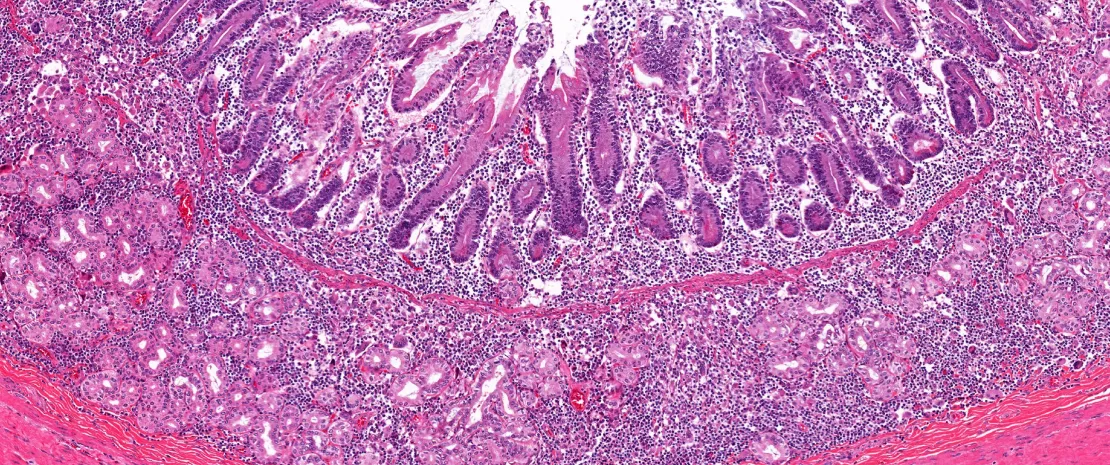Gut bacteria: natural traps for PFAS
Certain bacteria in the gut microbiota bioaccumulate PFAS. They accumulate these pollutants inside their cells at concentrations up to 50 times higher than their environment. An unexpected mechanism that may support their elimination through stool.
Sources
This article is based on scientific information

About this article
PFAS1, also known as “forever chemicals,” have invaded our daily lives: fire-retardant foams in our sofas, waterproof clothing, non-stick pans, and more. Yet interactions between certain PFAS accumulating in the environment and bacteria have already been documented: some strains of Pseudomonas, isolated from sites contaminated with PFAS, bioaccumulate a sulfur-containing PFAS, while certain lactobacilli ‘bio-bind’ with another PFAS. How does the gut microbiota, the key interface between dietary exposure to these substances and our body, come into play? This question is explored in studies released in Nature Microbiology in 2025.
Strong and rapid bioaccumulation
By testing 89 microbial strains, researchers found that PFAS bioaccumulation capacity varies greatly from one bacterium to another: 38 strains, including bacteria belonging to the Bacteroidota phylum, showed particularly high bioaccumulation ability, even at low PFAS concentrations. The process proved to be very fast (just a few minutes), irreversible (no release) and highly efficient: the intracellular PFAS concentration in bacteria is about 50 times higher than that of the medium, reaching the millimolar range. The longer the PFAS molecule, the more strongly it is bioaccumulated by the bacterium.
4,700 Per- and polyfluoroalkyl substances (PFAS) include >4,700 compounds.
€50–80 billion The annual health-related cost of PFAS exposure is estimated to be 50–80 billion Euros across Europe.
Little impact on bacterial function
Surprisingly, bioaccumulated PFAS have little effect on bacterial life: their physicochemical properties cause them to aggregate into dense intracellular clusters, limiting their cellular toxicity and effects. Bacteria even appear to adapt over generations: the 100th generation of B. uniformis and E. coli ΔtolC grows faster than their ancestors in the presence of PFAS while maintaining their bioaccumulation capacities.
Although it does not compromise bacterial viability, bioaccumulation nonetheless induces certain changes, particularly in the most accumulative strains: alterations are observed in membrane proteins (particularly efflux pumps responsible for excreting toxins) and in the secretion of amino acids involved in the gut–brain axis or stress response.
Did you know?
The half-life of very long-chain PFAS — the time it takes for half of a substance to degrade or be eliminated — could range from 10 to 100 years, highlighting their extreme persistence in the environment. In a living organism, the half-life varies from a few hours to several years depending on the molecule.2
PFAS excreted in stool
Finally, the presence of bioaccumulating bacteria in the intestine increases the elimination of PFAS: the stool of mice carrying human microbiota is significantly richer in PFAS than that of mice without microbiota. And PFAS excretion is all the more effective when intestinal flora bacteria are strong bioaccumulators. For now, however, the authors are not drawing any conclusions about possible health benefits.













